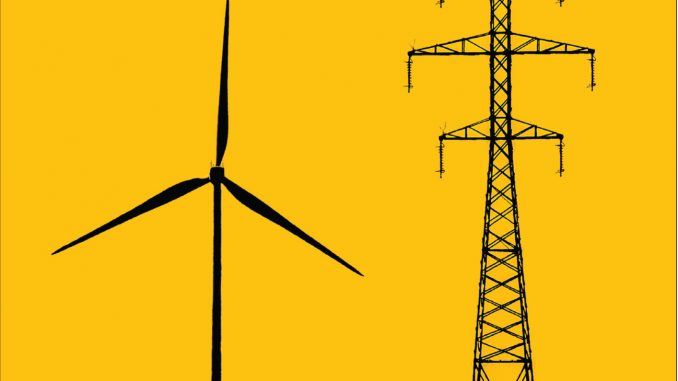
India’s renewable energy project tendering activity is at an all-time high. The month of January alone saw tenders for over 5.5 GW being launched by the Solar Energy Corporation of India (SECI) and other state-level agencies. This was followed by 2.5 GW of wind power tenders launched by SECI and Maharashtra in February.
The sudden surge in tenders is in line with the ambitious tender trajectory issued by the MNRE in November 2017 and sends positive signals for the industry, which had been through a lull during most of 2017.
However, the good news is accompanied by certain developments that may have repercussions on sector growth. One, the recent increase in customs duty due to an additional 10 per cent surcharge will escalate the price of solar projects (80 per cent of which have been set up using imported modules), and thereby impact tariffs. This, combined with an impending decision on anti-dumping duties on imported solar panels and the proposal to impose 70 per cent safeguard duty on imported solar cells and modules, has led to major unrest among project developers. The industry expects a hike of Re 1-Rs 2 per unit in solar tariffs if the duties are imposed.
The other major development is the move by some state electricity regulators to impose wheeling, transmission and banking charges on renewable energy projects, effectively treating them at par with conventional power plants. Further, the implementation of forecasting, scheduling and deviation settlement mechanisms is expected to lead to an increase in the cost of feeding renewable energy into the grid. While the cost impact of forecasting, scheduling and deviation settlement will be limited to the time that developers and utilities will take to get accustomed to the new system, the cost of wheeling, transmission and banking charges will have to be borne by developers through the project life.
Amidst all these developments, there was a silver lining. The Ministry of Power issued an order stating that no inter-state transmission charges and losses would be levied on solar and wind projects commissioned up to March 31, 2022. The announcement effectively extends the existing inter-state transmission system charge waiver for solar and wind projects. The move will not only benefit developers but will also enable states with lower solar insolation to procure solar power from projects in high insolation states at cost-effective rates.
The year seems to have begun on an interesting note. The industry can look forward to some bigger opportunities and some new challenges as well.
